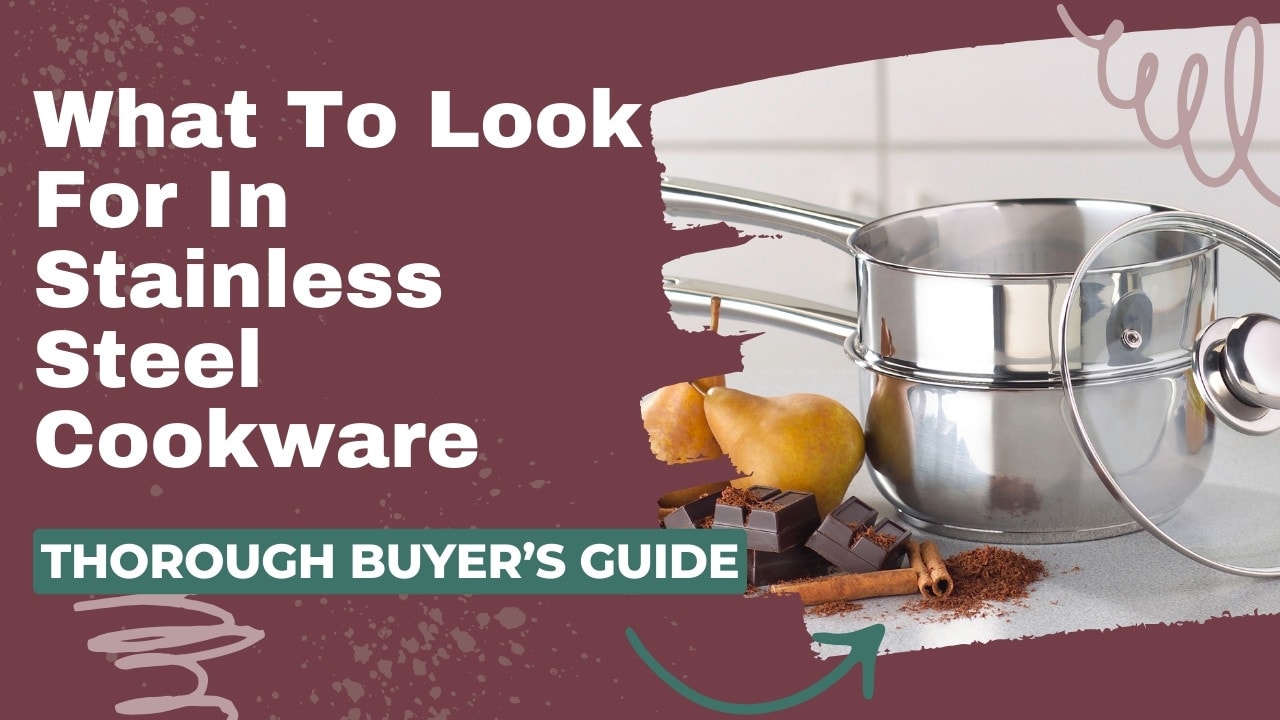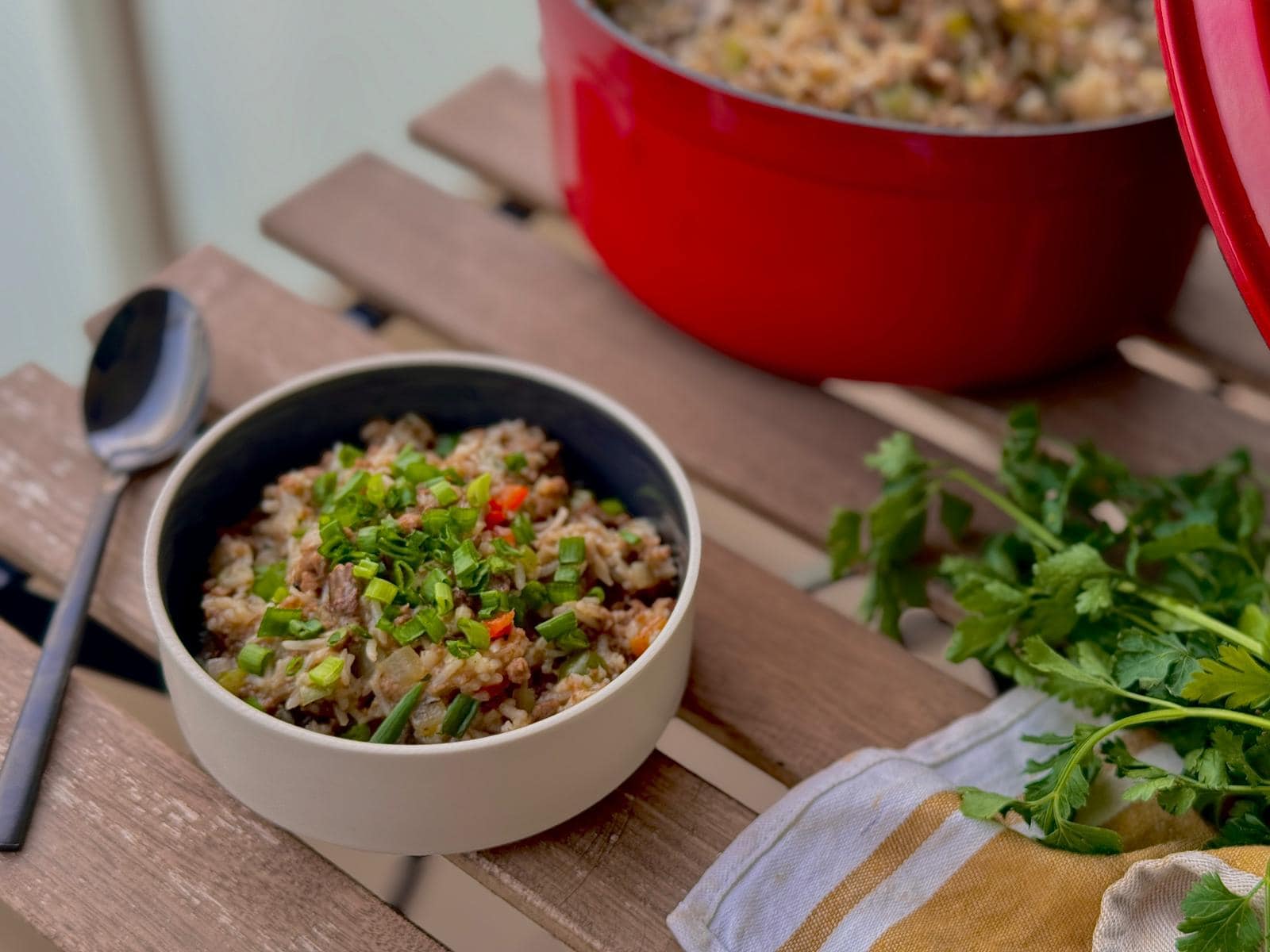So, you’ve decided to invest in some reliable stainless steel cookware. Now comes the fun part: shopping!
Buying cookware can be daunting because there are so many options available, and it can be difficult to know which ones really count. But don’t worry, as a trained chef, I know the importance of investing in great cookware, so I’m here to guide you through what to look for.
In this article, I’m going to break down the 15 points to keep in mind when buying stainless steel cookware so you can shop savvy.
What Should You Look for In Stainless Steel Cookware?
All stainless steel cookware is not made equal. What’s the difference between a cheap knockoff stainless steel pan and a super expensive one from a reputable brand? The grades of steel used, the core materials, the number of plys, and the cladding type (whether fully clad or impact bonded) all affect cookware’s performance and price.
Let’s cover all those aspects in a little more detail.
1. Grade
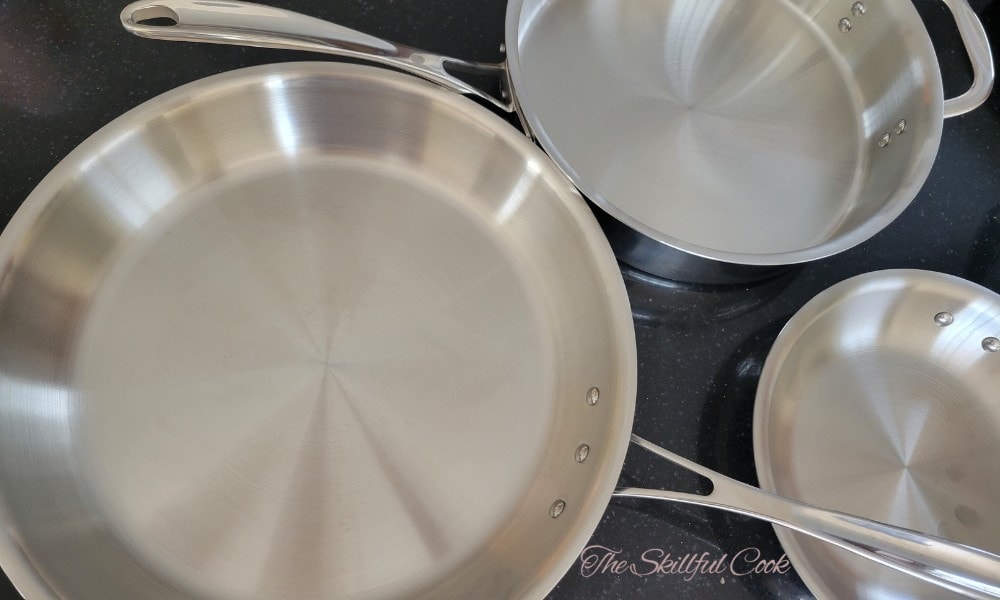
The grade of stainless steel determines how much chromium and nickel are in the steel alloy, and, therefore, how durable it is. For example, 18/10 stainless steel contains 18% chromium, making it strong, and 10% nickel, making it corrosion-resistant.
The highest quality stainless steel is made from 304, 18/10, or 18/8 stainless steel. However, those with a nickel allergy should only buy 430 18/0 or 21/0, as these grades contain no nickel.
2. 3-ply or 5-ply
On its own, stainless steel is a poor heat conductor, so a metal core made from aluminum or copper is often used to improve this in cookware. In “fully clad” or multi-ply cookware, stainless steel forms the outer layers that sandwich the fast-heating core between them. A high-quality pan will completely seal this core in so no aluminum is visible on the edge of the pan where it can rust.
3-ply and 5-ply pans generally have the same construction with different marketing. The aluminum core is usually technically made from three thinner layers, so some brands choose to label this as 5-ply to make it sound fancier.
All Clad’s D5 cookware is the notable exception; it contains a stainless steel layer at the very center, sandwiched by layers of aluminum and then layers of stainless steel on the exterior and cooking surfaces of the pans. (These amazing pans are also made in the US – and yes, I’m a huge fan!)
3. Bonded or Clad
Stainless steel cookware can be divided into two construction types: bonded or fully clad. Fully clad pans will have the aluminum core all the way around the pan, even up the sides. This makes the pan more durable. Bonded pans only have layers on the base. These are less expensive and still provide quick, even heating. Bonded pans are still great pans, but clad pans have a longer lifespan.
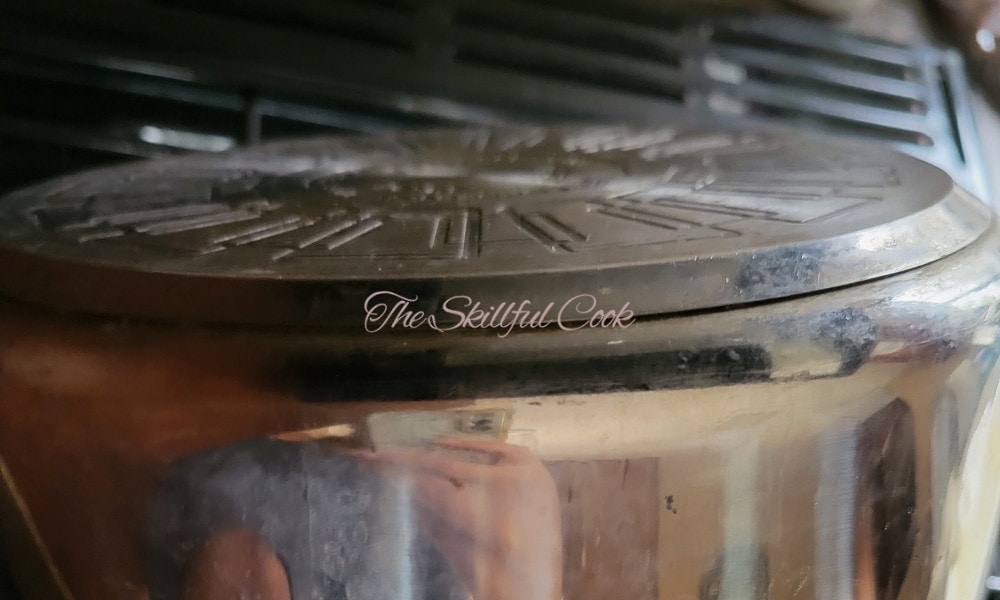
4. Oven Safety
Stainless steel is known for being oven-safe, but you should always check the maximum recommended oven temperature on the pan’s packaging. Good quality stainless steel should be oven-safe to at least 500°F.
If the pan has any nonstick coatings, this will reduce its heat tolerance in the oven. Stainless steel pans with wooden, plastic, or silicone handles are not oven-safe.
5. Cooktop Compatibility
Many people are under the impression that stainless steel is naturally compatible with all cooktops, including induction. (I thought so, too, until recently!) But that’s not the case.
A pan has to have a magnetic metal base to work on an induction cooktop. Most stainless steel cookware is made from 304 stainless steel, which isn’t magnetic. To solve this, the pans that are advertised as induction-compatible have a layer of nickel-free 18/0 on the exterior that is magnetic.
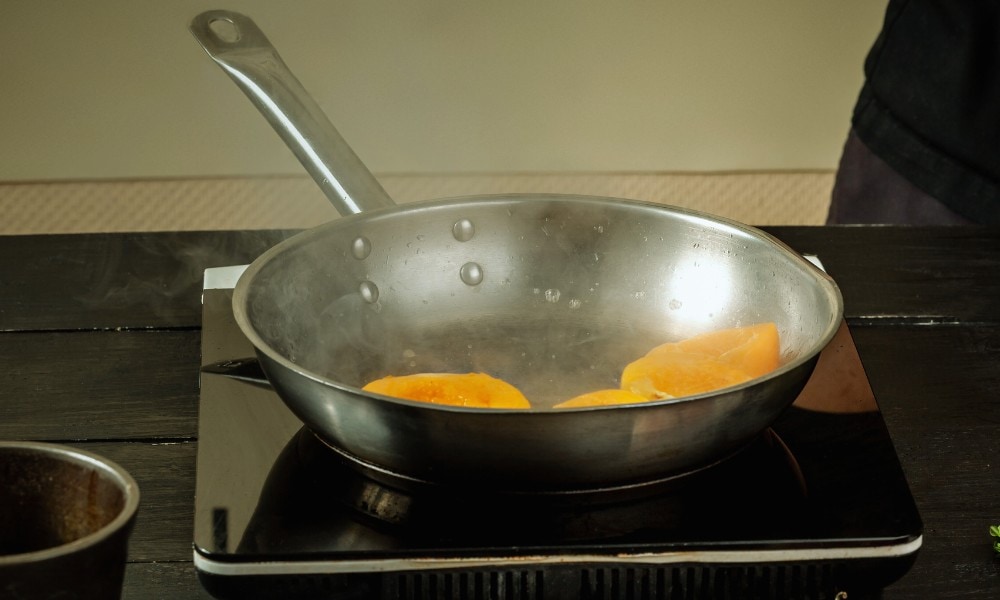
As long as it has this 18/0 layer on the exterior, a stainless steel pan will be compatible with all cooktops: electric, glass, induction, and gas. I particularly like using stainless steel on glass stovetops because it won’t scratch the surface.
6. Thickness
The thickness of your pan walls makes a significant difference in the cookware’s longevity and ease of use. Thin pots are more prone to denting and warping. It’s also easier to burn your food in one of these pans because it heats up so quickly and unevenly. But if the pot walls are too thick, the pans will be heavy and hard to maneuver. 3mm stainless steel thickness is the perfect balance between efficiency and weight that makes cooking easy.
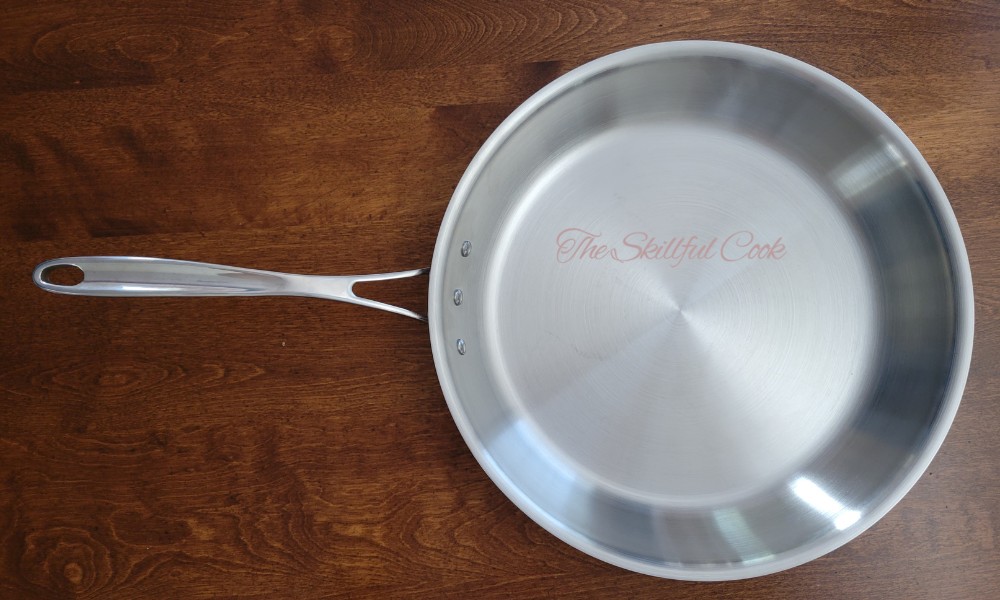
The pan thickness is not often not stated in the product description, so you may have to contact the manufacturer to obtain this info.
7. Pan Size and Weight
What capacity and size is the pan? There’s no right or wrong choice here; you need to assess what you need the pan for and what capacity that requires. You should also note how large your burners on the stove are so you can choose the right pot to fit them.
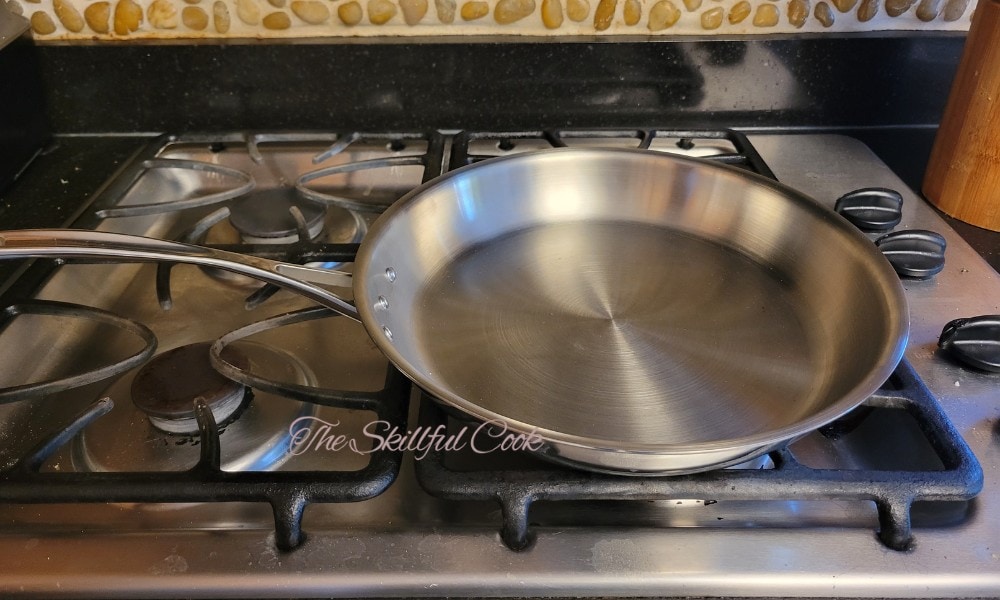
A pan that is too lightweight will be easy to knock over and dent easily. But if the pan is too heavy, it will be hard to handle, especially for those with mobility issues. In my opinion, 3 pounds is the ideal weight for a high-quality stainless steel pan.
8. Pan Shape and Finish
The shape of the pan and the height of the sides affect what you want to use it for. For example, a crepe pan has very shallow sides and wouldn’t be suitable for making a sauce. While a pasta pot has very tall sides to accommodate the water and unbroken spaghetti.
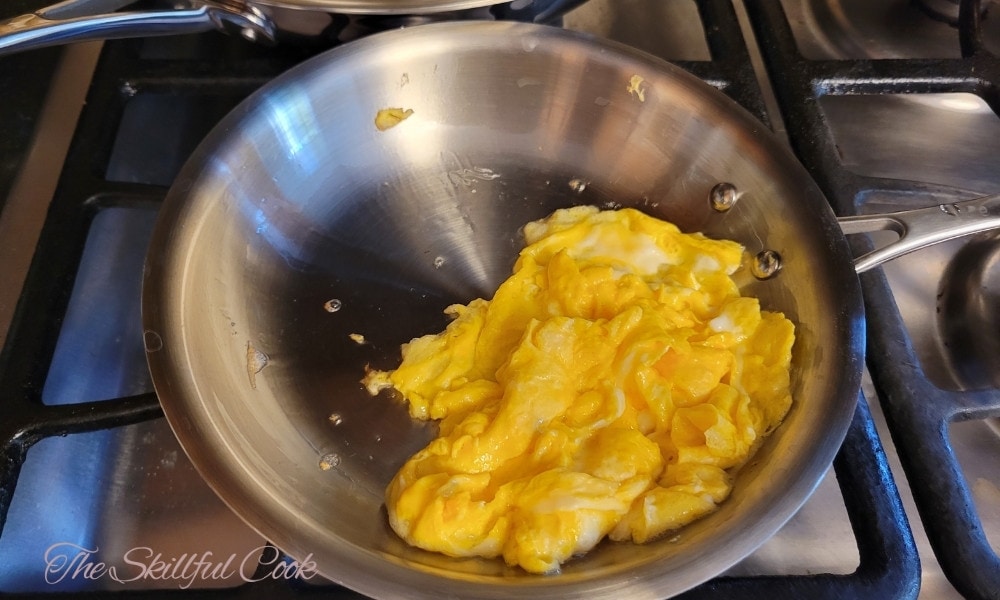
Is the finish brushed or polished? Polished stainless steel looks more appealing, but it needs to be maintained, and scratches are more noticeable. So you need to weigh which appeals to you most and what upkeep you’re willing to do.
9. Handle Shape and Length
A good pan needs to have an ergonomic that stays firmly in place. Bonus points if it’s a stay-cool handle with a V-shaped attachment, like many stainless steel pans have. Assess how many handles your pan has and whether they are sufficient to maneuver your pan comfortably.
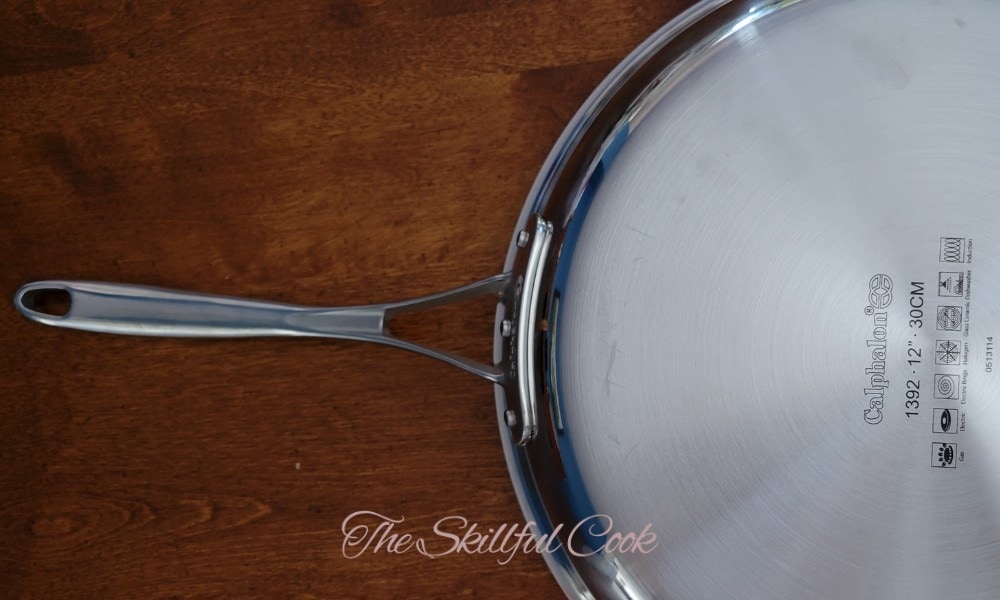
The most important factor to consider is the handle attachment. Welded handles leave the pan inside smooth and interrupted, but they can easily snap off. Riveted handles are secured through the wall of the pan, which makes them very strong. But the metal bumps from the rivets protrude into the pan, which can catch food. I advise choosing a riveted handle with at least two rivets.
10. Lids and Rims
You might be surprised at how much a well-designed, well-fitting pot lid can make or break your cooking experience! A flared rim on pots allows for easy pouring, while a straight rim with a tight-fitting lid allows for better steaming, so this is up to personal preference.
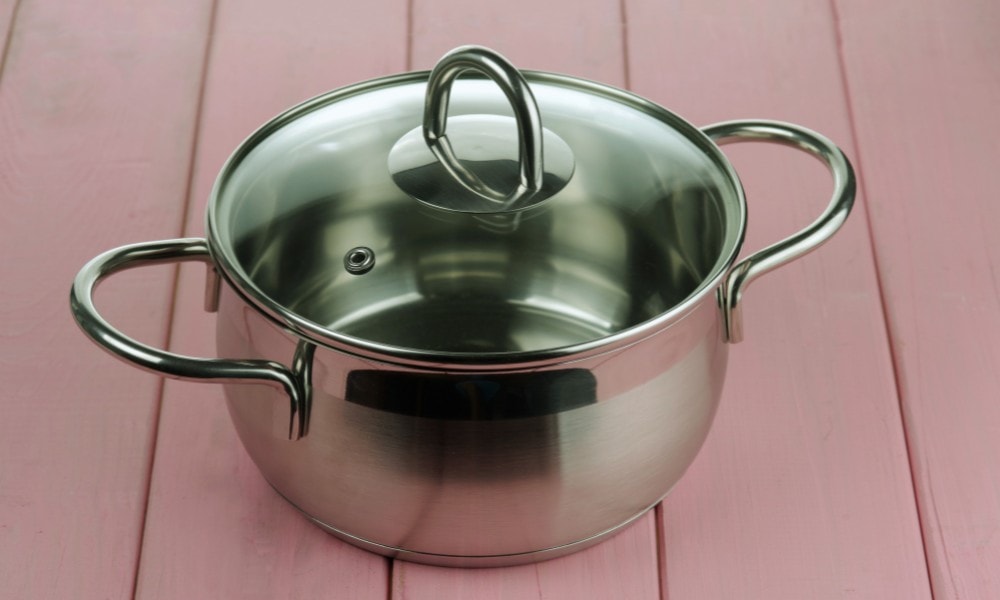
Check cookware reviews to see how well the lids fit, since this is something that customers often complain about.
Consider what material the lid is made from. Metal lids are more durable and oven-safe to higher temperatures. But tempered glass lids allow you to keep an eye on the food while it’s cooking.
11. Sets vs. Open Stock
Before you buy a whole cookware set, consider if you will use the whole set, how you will store it, and what you’re going to do with multiple lids. Sets are great for new couples and young people getting their first place who need to stock their kitchen fully.
Honestly, I think buying single pans is more convenient, and you’re guaranteed to use carefully selected individual pans. If you choose to buy a set, consider a stainless steel set designed to stack without scratching the pans.
12. Coated or Uncoated
Most cookware sold as “stainless steel” is uncoated. However, you can find it with a PTFE or ceramic nonstick coating. There are pros and cons to both coated and uncoated stainless steel pans.
Uncoated stainless steel is nontoxic and oven-safe to 500°F. But it is not nonstick, and food can stick badly if you use the pan incorrectly.
The majority of coated stainless steel uses a PTFE (Teflon) based nonstick, which many consumers are actively trying to avoid right now because of the potential health risks. Nonstick coatings also reduce stainless steel’s oven safety to between 350-450°F. They are also not metal utensil safe.
13. Warranty
Really high-quality stainless steel is heirloom quality and should come with a lifetime warranty. However, nickel-free stainless steel cookware is less corrosion-resistant and will likely not have such a long warranty.
For me, the warranty shows how confident a brand is in its quality, so I won’t settle for anything less than a lifetime warranty when it comes to stainless steel.
14. Price
Stainless steel cookware is often a bigger investment than aluminum or cast iron counterparts. But, at the end of the day, you get what you pay for. If you invest in a 304 18/10, 3mm, 3-ply stainless steel pan, you’ll buy it once and keep it for life. The cheap knock-offs will end up in a landfill in a few years.
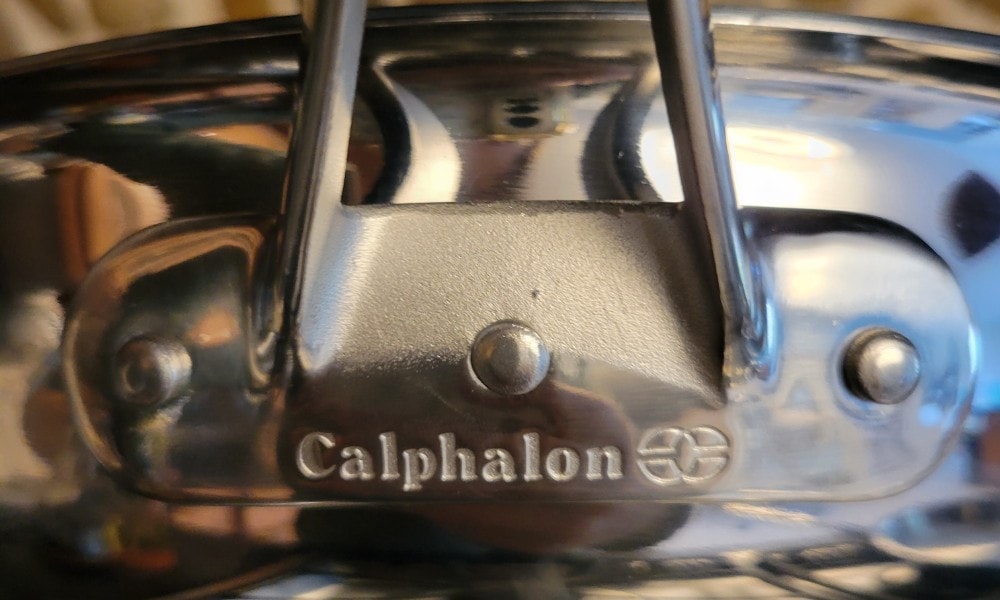
In cookware, the brand name is a very important factor to consider. The best way to ensure your cookware is high-quality is to buy from reputable brands like Made In, Cuisinart, Calphalon and All Clad. These brands come at a premium, but, in my professional opinion, they’re worth every cent.
15. Reviews
Reviews are a gold mine of information if you have the patience to dive into them. I suggest combing through Amazon and other retailers that stock that product to get a good range of reviews.
My trick to getting a well-rounded view of the products is to read the 5-star, 3-star, and 1-star reviews so you’re not inundated with purely positive comments.
Product Recommendations
Now that you have all the information you need to buy the perfect stainless steel cookware for you, I want to recommend some of my favorite stainless steel cookware.
Made In Cookware 10-pc Cookware Set
This Made In Cookware 5-ply Cookware Set is a hefty investment, but they are super durable, uncoated pans that will last you a lifetime. These pans are made from 304 18/10 stainless steel inside with a high-grade ferritic 430 steel exterior to make them induction-compatible. The
pure aluminum and aluminum alloy core means these pans heat faster than most stainless steel.
Homichef 10-pc Nickel-Free Cookware Set
If you have a nickel allergy, I highly recommend the Homichef 10pc Nickel-Free Cookware Set. This set is made from 21/0 nickel-free stainless steel with an aluminum core and 3-ply base. The lack of nickel makes these pans very fast heating and naturally induction-compatible. Unfortunately, these pans have thin walls and are less corrosion-resistant, so that they won’t last as long as competitors like the Made In set.
All-Clad D3 Stainless Steel Frying Pan
If you want the perfect all-purpose frying pan, this All-Clad D3 Stainless Steel Frying Pan is the one for you. This pan has a durable 3-ply design that uses induction-compatible steel on the exterior and strong 18/10 stainless steel on the interior. It’s 7.5” wide, so it’s perfect for searing a steak.
Conclusion
As you can see, buying stainless steel cookware is more complicated than it seems at first glance. But I hope, after reading this guide, you know exactly what to look for with a bit more clarity. Again, if you want a recommendation, any pot or pan from the Made In Cookware 5-ply Cookware Set, or any All Clad cookware will serve you well.
If you have any more questions about what to look for in stainless steel, be sure to drop them down below.

